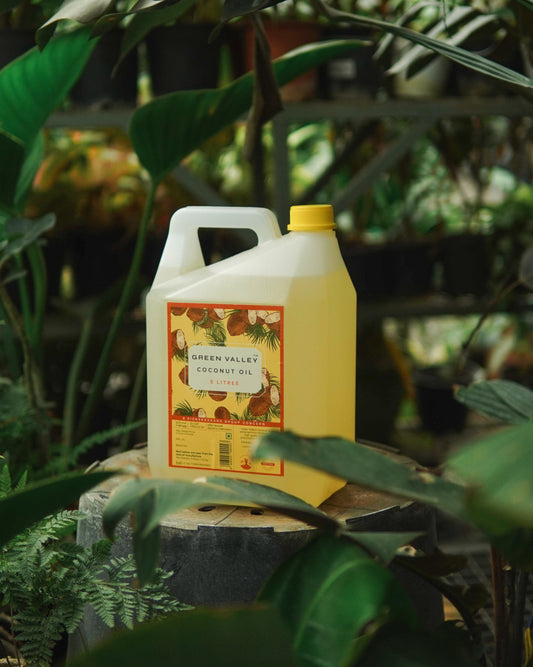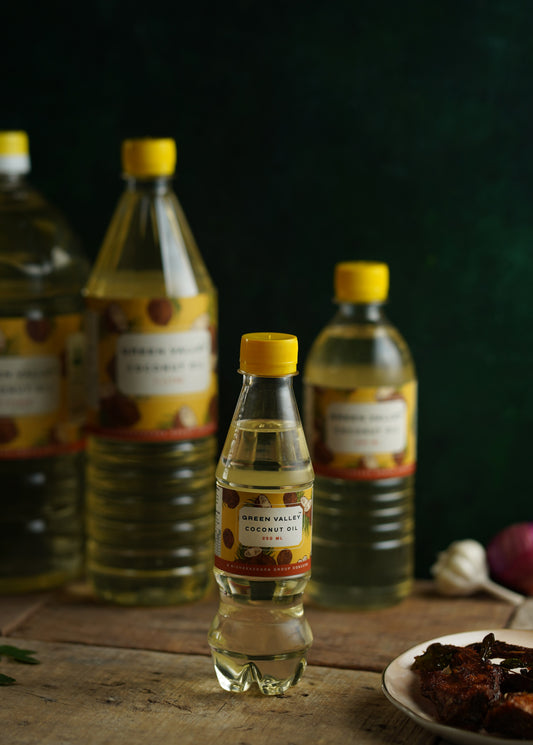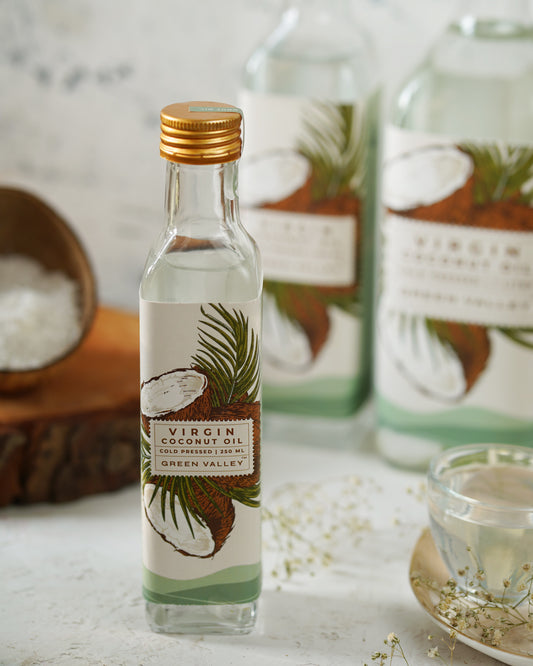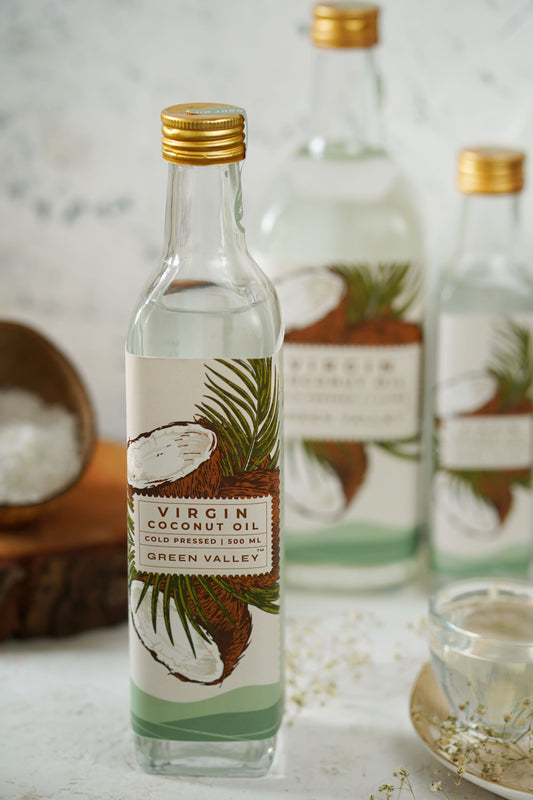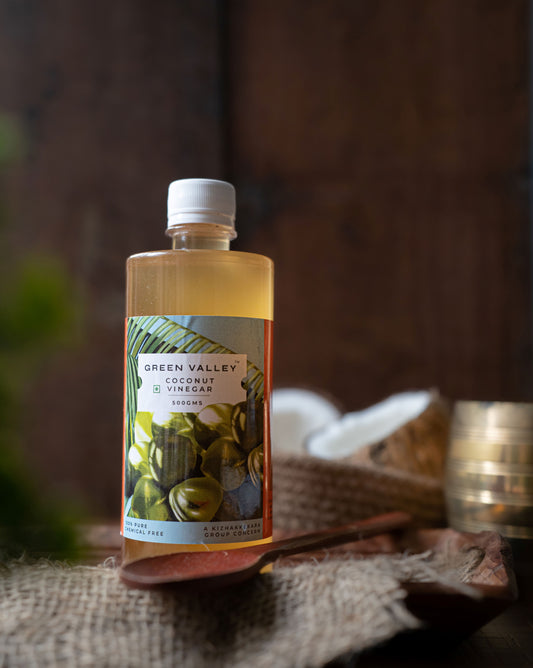Coconut oil has become the Beyoncé of the natural skincare world—always in the spotlight, multitasking like a pro, and occasionally leaving you wondering, “Is there anything this oil can’t do?” People use it for cooking, hair masks, lip balms, and even oil pulling (yes, that mouthwash-but-with-oil thing). But here’s the burning question: can coconut oil also double up as your skin cleanser and tanning remover?
Coconut Oil As A Skin Cleanser
Cleansers are supposed to do one job well: remove dirt, makeup, excess oil, and pollution gunk without stripping your skin like an overzealous detergent. Coconut oil, interestingly, has been used in many cultures as a natural cleanser for centuries.
Here’s why it works:
-
Oil attracts oil – Sounds counterintuitive, but oil actually dissolves oil. The sebum (natural oils) and makeup sitting on your face are lipophilic (they love fat), so when you massage coconut oil onto your skin, it bonds with those impurities and lifts them off. Rinse with warm water or wipe with a soft cloth, and boom—clean skin.
-
Moisture lock – Unlike harsh foaming cleansers, coconut oil doesn’t strip away your natural barrier. Instead, it leaves behind a thin film of hydration that makes your skin feel plump and happy (not squeaky and tight).
-
Antibacterial powers – Coconut oil is rich in lauric acid, which has antimicrobial properties. While it won’t replace your medicated acne treatment, it helps minimise bacteria buildup on the skin.
Best for: Dry to normal skin types.
Caution for: Oily or acne-prone skin—coconut oil can clog pores for some people, leading to breakouts. Patch test first before slathering it all over your face.
Coconut Oil As Tanning Remover
First, let’s clarify what “tanning” really is. When your skin gets sun exposure, UV rays trigger the production of melanin, your body’s natural way of protecting itself from damage. That bronze glow? It’s your skin’s defence mechanism.
Here’s the truth:
-
Coconut oil cannot directly remove melanin once it’s formed. So no, rubbing coconut oil on your face won’t erase a suntan overnight like an undo button.
-
What it can do is support your skin’s natural healing, reduce dryness, and gradually improve skin tone, making tanning fade faster.
How Coconut Oil Helps With Tanning (Indirectly)
-
Hydration boost – Sun exposure dehydrates your skin. Dry skin looks duller and makes tanning more prominent. Coconut oil restores moisture, making your complexion more even.
-
Anti-inflammatory effect – Spent too long under the sun and now your skin looks like a tomato? Coconut oil has soothing properties that calm redness and inflammation, speeding up recovery from mild sunburns.
-
Skin barrier support – Healthy skin renews itself faster. Coconut oil strengthens your barrier function, meaning those darker, tanned cells shed naturally over time.
-
Mild exfoliation aid – When combined with natural exfoliants (like sugar), coconut oil works as a gentle scrub, removing dead skin cells that make tans look deeper.
The Right Way To Use Coconut Oil For Cleansing & Tanning Care
If you want to make coconut oil your beauty sidekick, here’s how to do it effectively:
1. As A Cleanser (Oil Cleansing Method)
-
Massage a teaspoon of virgin coconut oil onto dry skin in circular motions.
- Let it sit for a minute (bonus points for a mini face massage).
-
Wipe off with a warm, damp microfiber cloth or cotton pad.
-
Follow up with a mild water-based cleanser if you’re wearing heavy makeup (double cleansing is your friend).
2. As A Tan Fader (Supportive Care)
-
Moisturiser: Apply a thin layer after showering to keep skin hydrated and supple.
-
DIY scrub: Mix 1 tbsp coconut oil with 1 tbsp sugar or coffee grounds. Gently exfoliate twice a week to buff away dead, tanned skin cells.
-
After-sun soother: Blend coconut oil with aloe vera gel for a cooling balm on sun-exposed skin.
Important Things To Keep In Mind
-
Not a sunscreen substitute – Coconut oil has an SPF of around 4–8. That’s like going into a snowstorm with a thin scarf. It’s nowhere near enough to protect against UV rays. Always apply broad-spectrum sunscreen before stepping out.
-
Tanning is protective, not dirty – Your skin tans to shield itself. Removing it harshly with chemical bleaches or scrubs isn’t healthy. Supporting your skin with gentle care (like coconut oil) is a safer approach.
-
Skin type matters – While coconut oil is heaven for dry skin, it can be problematic for oily or acne-prone types. If your skin doesn’t vibe with it, don’t force the relationship.
So in conclusion, if your skincare routine were a Netflix show, coconut oil would be the reliable best friend character—always there to help you clean up messes, calm you down after a “burn,” and keep things soft and glowing. Just don’t expect it to rewrite the script (i.e., completely erase tanning).
For best results, use coconut oil alongside sunscreen, hydration, and gentle exfoliation. And remember: a tan might fade, but healthy, nourished skin is always in style.
So yes, coconut oil can cleanse your skin and help with tanning recovery—but it’s more of a supportive sidekick than a miracle worker.


